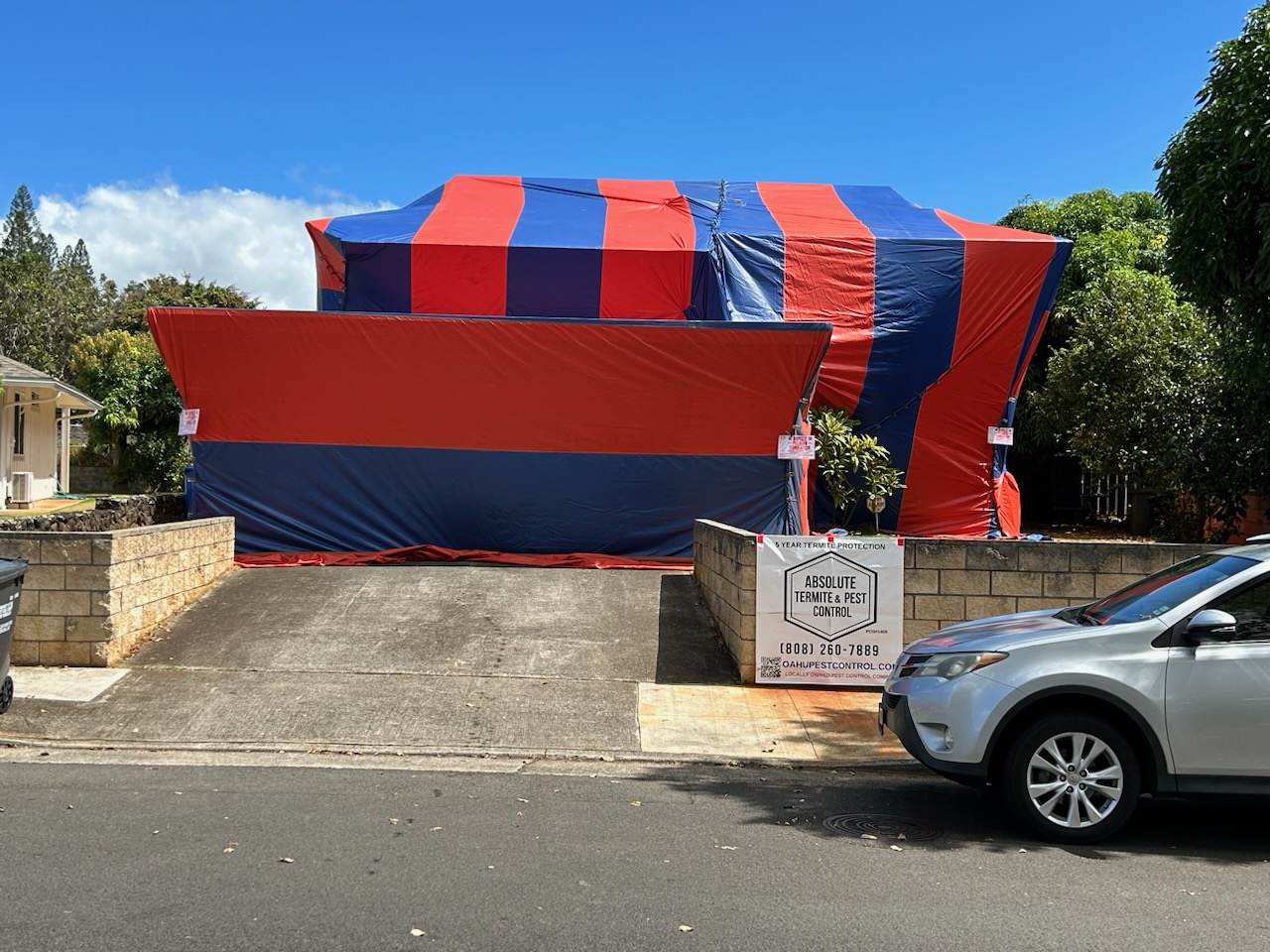Understanding the Impact of Argentine Ant Infestations in Hawaii and the Role of Pest Control
- Absolute Pest Control Hawaii PCO#1409
- Jun 25
- 4 min read
Argentine ants, known scientifically as Linepithema humile, are a growing problem in Hawaii and many other regions worldwide. These invasive pests originated from South America and have established large colonies that threaten local ecosystems, agriculture, and even public health. By examining the significant effects of Argentine ant infestations in Hawaii—and emphasizing the urgency of effective pest control—we can better understand this pressing issue.
The Life Cycle and Behavior of Argentine Ants
Argentine ants are remarkable for their unique social structure and aggressive tendencies, contributing to their success as invaders.
With multiple queens per colony, they can rapidly expand their populations. A single colony can house anywhere from thousands to millions of ants. This enables them to work together efficiently in foraging for food and defending their territory.
They thrive in warm climates and are drawn to sugary substances. They readily consume food waste, fallen fruit, and even honeydew produced by aphids. In fact, studies show that Argentine ants can outcompete native ant species by over 70% in certain areas, significantly lowering the population of indigenous ants that play crucial roles in local ecosystems.
Ecological Impact on Hawaii
Hawaii's ecosystems are especially susceptible to invasive species like Argentine ants.
These ants disrupt local food webs, adversely affecting plant pollination and seed dispersal. By outcompeting native ant species, they interfere with vital ecological roles such as soil aeration and serving as prey for other wildlife.
For instance, in areas densely populated by Argentine ants, studies have reported a 50% decline in native insect populations. This decline leads to reduced biodiversity and can even result in significant changes to habitats, impacting everything from plant growth to bird populations.
Agricultural Concerns
Agriculture is a cornerstone of Hawaii's economy, but the presence of Argentine ants presents serious challenges for farmers.
These ants protect pests like aphids, ensuring they have a steady supply of honeydew to consume. As a result, crops suffer from increased pest infestations.
For example, farmers have reported an average yield reduction of 25% in affected crops. This not only hurts profits but also increases costs for farmers as they invest in pest management strategies to combat the effect of Argentine ants on their harvests.
Health Risks to Humans
The impact of Argentine ants extends beyond agriculture and ecosystems; they also pose health risks to people.
While they are not aggressive biters, their presence can lead to food contamination as they invade kitchens and pantries. Their foraging behaviors can create significant hygiene issues in residential areas.
In rare instances, Argentine ants have been found carrying bacteria, posing potential health threats. Homeowners should be especially vigilant to keep their living spaces clean and free of these pests to minimize any health risks associated with their infestation.
The Importance of Pest Control
The negative effects of Argentine ant infestations underscore the importance of effective pest control.
Homeowners, farmers, and anyone affected should take immediate steps to manage these pests. Professional pest control services are often more effective than do-it-yourself solutions, as they implement targeted strategies designed to eliminate established colonies.
These services should blend preventative measures with focused treatments to address both current infestations and future threats, ensuring a proactive rather than reactive approach.
Strategies for Effective Pest Control
To effectively manage Argentine ant populations, a well-rounded strategy is essential. Here are key approaches that can make a difference:
Inspection and Identification: It is crucial to understand the extent of the infestation. Professional pest control often begins with thorough inspections to identify the specific ant species and locate nesting sites.
Baiting Systems: These lures employ slow-acting toxic baits that worker ants carry back to their colonies. This method effectively reduces the entire colony over time.
Sanitation Practices: Keeping environments clean can go a long way in deterring ant colonies. Proper disposal of food waste and sealing potential entry points, alongside maintaining tidy gardens free of debris, is essential.
Monitoring and Continuing Care: After initial treatments, ongoing vigilance is vital to ensuring colonies do not return. Regular inspections can help catch any new infestations early on.
Community Involvement and Education
Community awareness and education are crucial in combating the rapid spread of Argentine ants.
Local governments and organizations need to prioritize educating residents about the risks associated with these pests. By promoting preventative measures through workshops, informational campaigns, and community clean-up events, we can rally support for controlling pest populations while encouraging cleaner environments.
Call to Action
The issue of Argentine ant infestations in Hawaii requires immediate action.
From ecological disruptions to threats against agriculture and public health, the consequences are significant and widespread. Effective pest control is vital for managing this invasive species and safeguarding Hawaii's unique ecosystems, agricultural sustainability, and community well-being.
Whether through hiring professional services or engaging in community education, everyone has a role to play in this fight. Taking proactive steps and fostering community support are crucial to ensuring Hawaii’s natural beauty remains vibrant and intact.












Comments